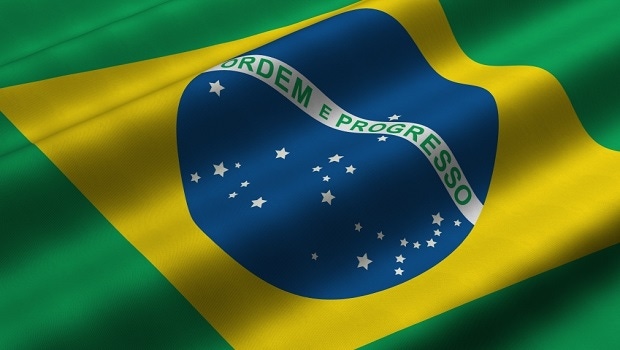September 25, 2020

The effects of changing macroeconomic conditions on Brazil's agricultural production and trade are examined in a USDA Economic Research Service report, "Brazil's Agricultural Competitiveness: Recent Growth and Future Impacts under Currency Depreciation and Changing Macroeconomic Conditions."
The report was authored by Constanza Valdes, Kim Hjort, and Ralph Seeley.
What's the issue?
Brazil’s macroeconomic policies have played an important role in its emergence as one of the top exporters of agricultural products. However, extended periods of currency depreciation, low energy costs and interest rates, rising demand for biofuel feedstocks, and macroeconomic fluctuations have contributed to Brazil’s emergence as a competitor for the United States in global agricultural markets. This study explores the role of macroeconomic variables by simulating the impact of Brazilian policy-driven currency depreciation and sustained macroeconomic growth on Brazilian agricultural output and trade. The potential impact of macroeconomic events on Brazil’s agricultural exports remains important, especially as the country’s economy and agricultural commodity markets are vulnerable to the effects of the COVID-19 pandemic.
What did the study find?
A weaker value of Brazil’s currency, the real, during its deep 2014-16 recession contributed to the record growth in Brazil’s agricultural exports. During 2014-16, devaluation of the Brazilian currency encouraged Brazil’s farmers to bring more new land into production and increase double-cropping. Consequently, local currency-denominated prices yielded increased net returns for Brazilian farmers despite weak dollar-denominated prices in global markets.
The expansion of Brazil’s land use was led by 20% growth in the soybean area. USDA has projected additional growth in production and exports to 2028, and simulations show that this growth could accelerate if Brazil’s currency weakens more than previously expected. Alternatively, stronger economic growth in Brazil could stimulate more domestic meat consumption with more domestic use of corn and soybean meal.
Key findings from two simulated macroeconomic scenarios (accelerated depreciation and sustained growth) show:
Faster depreciation of the real could lead to even faster growth in Brazilian exports than projected in USDA’s 10-year projections. Simulations show that Brazil’s exports of each major commodity could be an aggregate 5.6% greater and international prices 2.7% lower by 2028, compared with the USDA projections released in February 2020.
Changes in net returns would divert cropland from sugarcane to soybeans and corn, yet a reduction in fuel imports would induce greater use of sugarcane to produce ethanol.
Faster economic growth in Brazil would reduce its exports of beef and pork as more meat is consumed domestically, narrowing the gap between red meats and chicken prices. Increased poultry exports, driven by the price competitiveness of the Brazilian product, reflect Brazil’s status as the world's largest exporter of chicken meat. More Brazilian corn would be used as animal feed and more soybeans would be processed to feed livestock. Corn exports would fall marginally, but soybean exports would not change substantially.
During the 2020 COVID-19 pandemic, Brazil’s currency depreciated further, and its economy slowed. Experience and simulation results suggest that these developments could spur Brazil’s agricultural export growth. However, Brazil’s export performance also depends on the pandemic’s impact on demand in importing countries.
How was the study conducted?
The study simulated impacts of macroeconomic scenarios with a partial equilibrium model of Brazilian agriculture that is used to generate USDA’s long-term baseline projections for production and trade over 10 years.
Source: USDA ERS, which is solely responsible for the information provided and is wholly owned by the source. Informa Business Media and all its subsidiaries are not responsible for any of the content contained in this information asset.
You May Also Like




